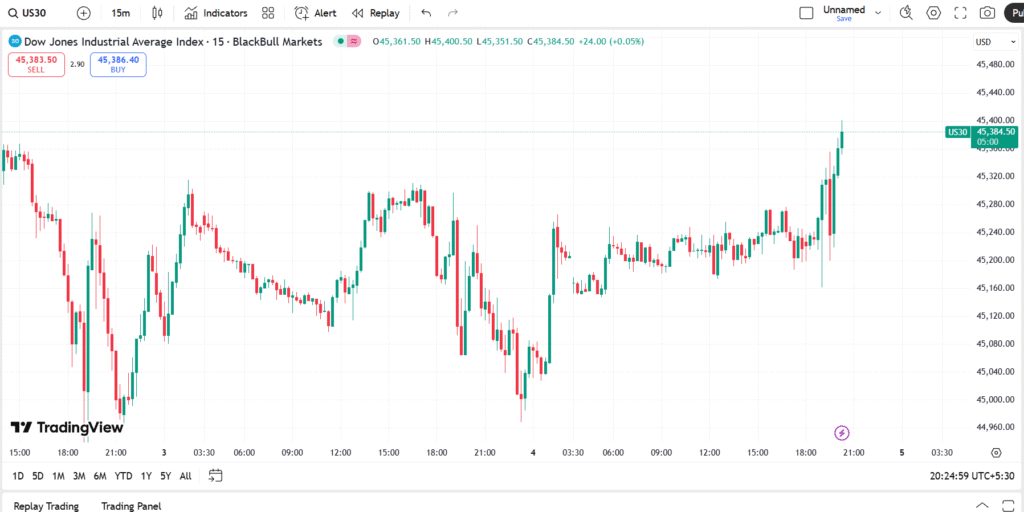U.S. Layoffs Surge to 85,979 in August:U.S. employers announced 85,979 job cuts in August 2025, up 39% from July and the highest August total since 2020. Retail, finance, and government sectors led the cuts, while year-to-date layoffs neared 900,000 amid tariffs, DOGE spending cuts, and economic uncertainty.
U.S. Layoffs Surge to 85,979 in August 2025
The American job market is showing fresh signs of stress, with layoffs accelerating sharply in August 2025. According to the latest report from global outplacement and business and executive coaching firm Challenger, Gray & Christmas, Inc., U.S.-based employers announced 85,979 job cuts last month. This represents a 39 percent increase from July’s 62,075 and a 13 percent jump compared to August 2024, when 75,891 layoffs were announced. It also marks the highest August total since 2020, when the COVID-19 pandemic forced companies to slash 115,762 jobs.

The surge in August cuts underlines a softening labor market and a growing climate of economic uncertainty, with widespread impacts across multiple sectors.
Year-to-Date Layoffs at Crisis Levels
From January through August 2025, employers announced 892,362 job cuts nationwide. This is the highest year-to-date (YTD) total since 2020, when layoffs reached nearly 2 million amid the pandemic. Compared to the same period last year, when 460,530 job cuts were announced, the 2025 figure represents a 94 percent increase.
Perhaps most striking is that the eight-month total for 2025 has already exceeded the full-year total for 2024, which stood at 761,358. The accelerated pace indicates that employers are bracing for more turbulence ahead, with economic and policy shifts weighing heavily on business decisions.
Sectors Hit Hardest
Several sectors stand out in the latest round of layoffs:
- Pharmaceuticals and Finance: These industries were among the hardest hit in August, with layoffs driven by economic pressures and market uncertainty.
- Retail: Retailers have announced 83,656 job cuts year-to-date through August, a staggering 242 percent increase from 24,489 in the same period of 2024. Store closings, bankruptcies, and slowing consumer demand are pushing the sector into deeper distress.
- Government: While earlier in 2025 government layoffs surged—particularly in March, when 216,215 jobs were cut—August saw a smaller impact, with 3,666 announced cuts, slightly down from June’s 3,801.
- Non-Profits: Federal funding reductions have severely affected this sector, leading to 17,826 job cuts year-to-date, up 413 percent from just 3,477 in 2024.
- Automotive: August saw 4,975 cuts in this industry, with 16,883 announced for the year so far. While this represents a 31 percent drop compared to 2024, tariffs and ongoing supply chain issues are creating headwinds.
Reasons Behind the Layoffs
The Challenger report highlights several major drivers of the escalating job losses:
- Department of Government Efficiency (DOGE): The White House’s DOGE initiative, designed to streamline federal spending, has had widespread consequences. It has been linked to 289,679 planned cuts so far this year, both through direct reductions in the federal workforce and ripple effects on contractors.
- Economic and Market Conditions: Broader uncertainty has been cited for 131,257 layoffs year-to-date. Market volatility, slowing demand, and tighter financial conditions have forced employers to adjust their staffing levels.
- Store Closings and Bankruptcies: Together, these factors have eliminated over 129,000 jobs so far this year, hitting retail particularly hard.
- Tariffs and Trade Policies: President Donald Trump’s trade policies, including new tariffs, have raised costs and disrupted supply chains. Retail and automotive companies have been especially affected.
- Technological Upgrades and AI: Employers restructuring to adopt automation and artificial intelligence accounted for about 20,000 cuts this year.
Regional Impact
Layoff activity has varied across regions, with the East bearing the heaviest burden. Washington, D.C., has been particularly hard hit, reporting 278,711 cuts this year as federal agencies face downsizing. The broader East region recorded 355,992 job cuts year-to-date, a 277 percent increase from 94,406 in 2024.
The Midwest saw a 25 percent rise in job cuts, with 47,063 layoffs through August, concentrated in states such as Ohio and Nebraska. By contrast, the West experienced a 19 percent decline, reporting 74,521 job cuts year-to-date. The South saw the sharpest drop, with 19,476 cuts, down 41 percent from 2024.
Hiring Plans Slow to a Crawl
Adding to concerns about the labor market, announced hiring plans remain extremely cautious. Employers have committed to just 79,697 new hires year-to-date through August, the lowest level since 2008, when only 80,387 hiring announcements were made during the financial crisis.
Andrew Challenger, senior vice president of Challenger, Gray & Christmas, noted that the restrained pace of hiring reflects the uncertainty businesses are facing. “The slower hiring pace reflects ongoing uncertainty in economic conditions and cautious approaches by employers to expansion,” he said.
A Market at a Crossroads
The August 2025 data underscores the challenges facing the U.S. labor market. With layoffs accelerating, hiring slowing, and economic uncertainty persisting, the job market is sending clear warning signals. While some sectors like automotive have seen a relative decline in cuts compared to last year, others such as retail and non-profits are under extraordinary pressure.
As the country heads into the final months of the year, policymakers, businesses, and workers alike will be watching closely to see whether layoffs continue to climb—or if stabilization is possible in the face of mounting economic headwinds.
Disclaimer:
This article is based on the latest Challenger, Gray & Christmas, Inc. report and publicly available information as of August 2025. It is intended for informational and educational purposes only. The content should not be construed as financial, investment, or employment advice. Readers are encouraged to verify details independently before making any decisions.

